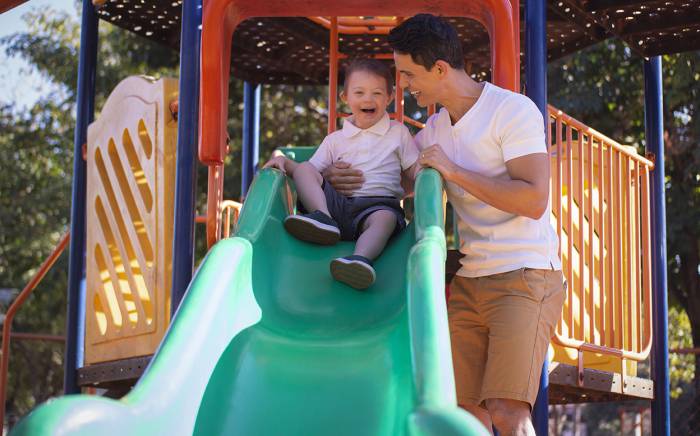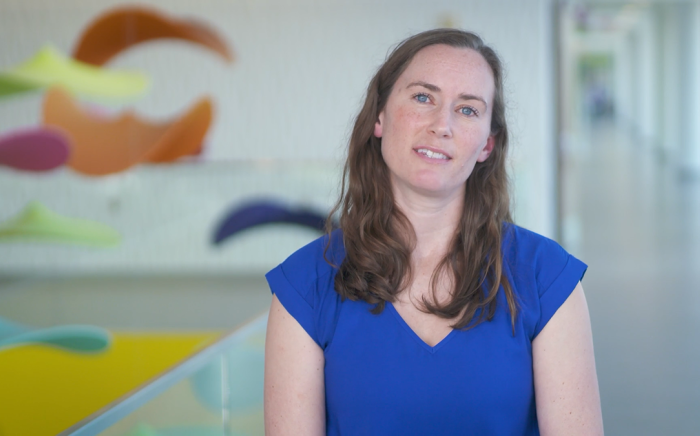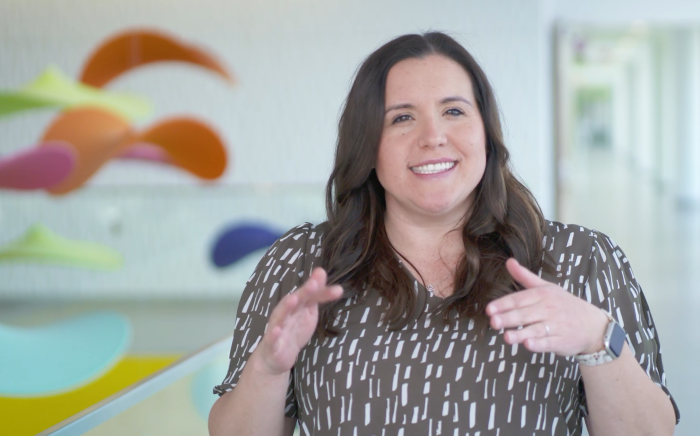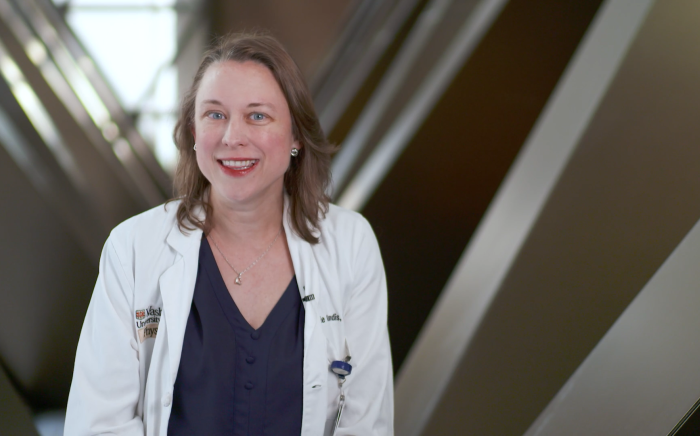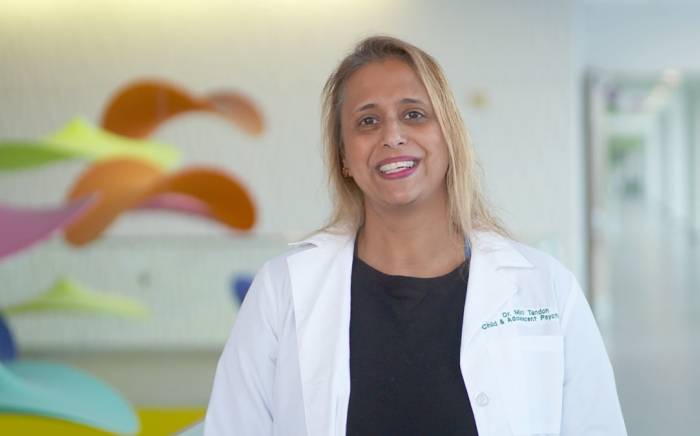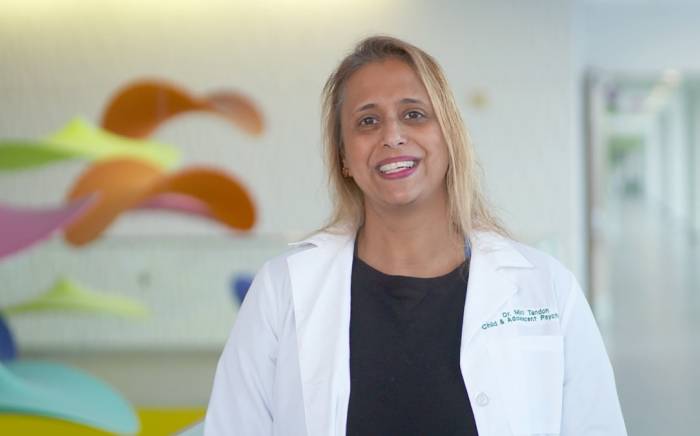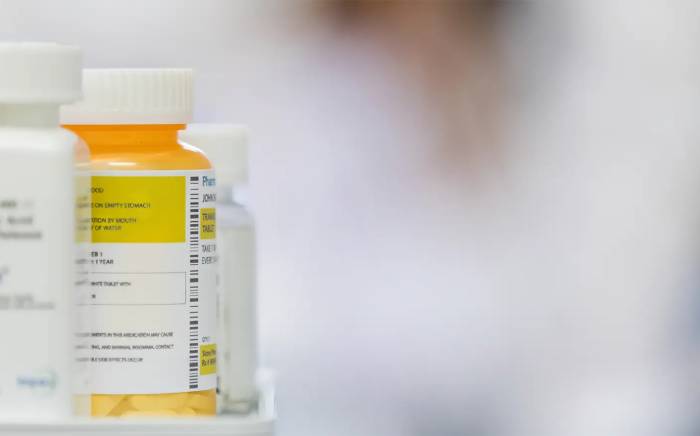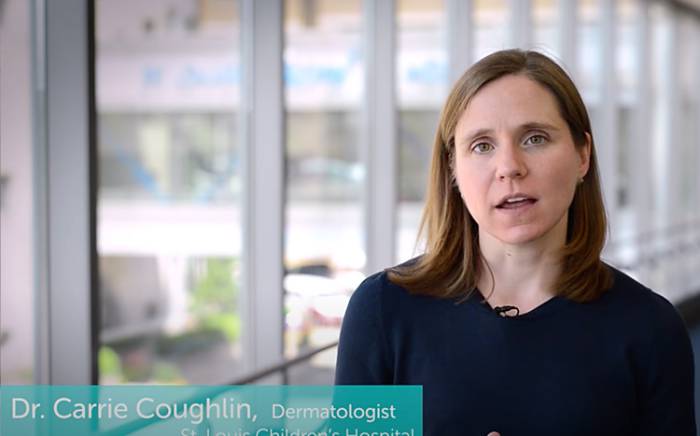What is Legg-Calvé Perthes Disease?
- Temporary condition where the ball shape part of the thigh bone, femoral head, loses its blood supply
- Occurs on one side and rarely occurs on both
- Idiopathic, the cause is unknown
- Two year process
Who gets Legg-Calvé Perthes Disease?
- It affects those between 2 and 18 years of age, but is most commonly seen in boys from 4 to 8 years of age.
What are the Signs and Symptoms?
- Limp
- Pain
- Stiffness
- Limited range of Motion
How is it Diagnosed?
- Examination
- X-ray
- MRI
How is Legg-Calvé Perthes Disease Treated?
- Patient is non weight bearing on the affected side for up to two years using either wheelchair or crutches
- Surgery
- A-frame cast
- Bracing
- Range of Motion Exercises
- Activity Restrictions
What are the Goals of Treatment?
- treat as early as possible
- allow as much time as possible to let the femoral head remodel back into a round shape
- maintain hip motion
- control pain
Surgery
- Non weight bearing on affected side
- Exam under Anesthesia, Adductor Tenotomy, and Placement of A-Frame Cast
- Possible Measure of Brace
- Cast is on for 4 to 6 weeks
- Patient is unable to shower during this time period. Sponge baths are recommended.
Brace
- Patient is placed in a brace when cast is removed for 20 out of 24 hours of the day in the beginning
- Patient is weaned out of brace per physician
Post-care
- X-ray of Hip 2 months after diagnosis
- X-ray 4 months after diagnosis
- X-ray 10 months after diagnosis
- X-ray 1 year and 2 months after diagnosis
- X-ray 21 months after diagnosis
- The patient is x-rayed throughout the growing process to monitor bilateral leg lengths.
The most critical factors that determine the outcome are the child’s age and how the femoral head is affected by this condition.
The more severe the case, the greater the likelihood that the child may experience limited range of motion, differences in leg lengths and further hip problems in adulthood.
It is important to keep an optimistic outlook for the child because this is a long process.

